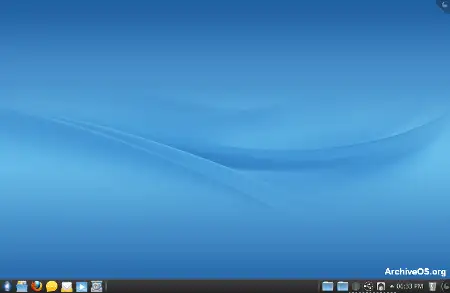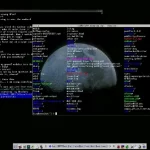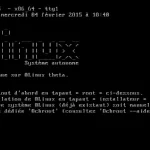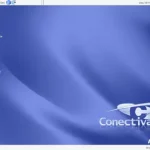Last Updated on: 15th December 2023, 10:50 am
Web site: mandriva.com/en/linux/ (not active)
Origin: France
Category: Desktop
Desktop environment: GNOME, KDE, LXDE, Xfce
Architecture: x86, x86_64
Based on: Independent, Red Hat
Wikipedia: Mandriva Linux
Media: Live CD/DVD, Install DVD
The last version | Released: 2012 Alpha 2 | November 6, 2012
![]() Zobacz po polsku: Mandriva Linux
Zobacz po polsku: Mandriva Linux
Mandriva Linux (previously: Mandrake Linux) – an independent Linux distribution, originally forked from Red Hat Linux.
The system features the most popular desktop environments, a set of pre-installed application for daily usage, and integrated its own graphical configuration utilities tool ‘Mandriva Control Center’.
Mandriva Linux uses ‘urpmi’ package manager, which allows installation of packages by automatically installing all the needed dependencies, from various media, including network/Internet, CD/DVD and local disk. Urpmi has a graphical front-end called ‘pmdrake’, which is integrated into the Mandriva Control Center.
The RPM package management system is also available in the system to perform operation on the packages.
Mandriva Linux was started in 1998 under the name of Mandrake Linux.
The first release was based on Red Hat Linux 5.1, used the K Desktop Environment 1, and was released in July 1998.
In February 2005, MandrakeSoft merged with Brazil’s company called Conectiva to the new Mandriva S.A. In May 2015 Mandriva SA has been closed.
The last stable version of Mandriva Linux 2011 was released in August 2011.
Derivatives:
– Most Mandriva Linux developers went to Mandriva fork called Mageia.
– ROSA is a fork of Mandriva created by former Mandriva developers too.
– OpenMandriva Lx has been built on the top of ROSA as its fork.
– PCLinuxOS initially derived from Mandrake.
– Unity Linux (discontinued) is a Mandriva based distribution.






Are there old Mandriva repos archived somewhere, like ubuntu old-release?
Or they are just deleted, and we could using only the crippled selection of packages on iso?
It doesn’t exist